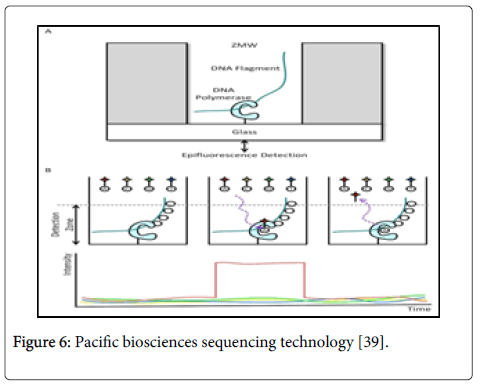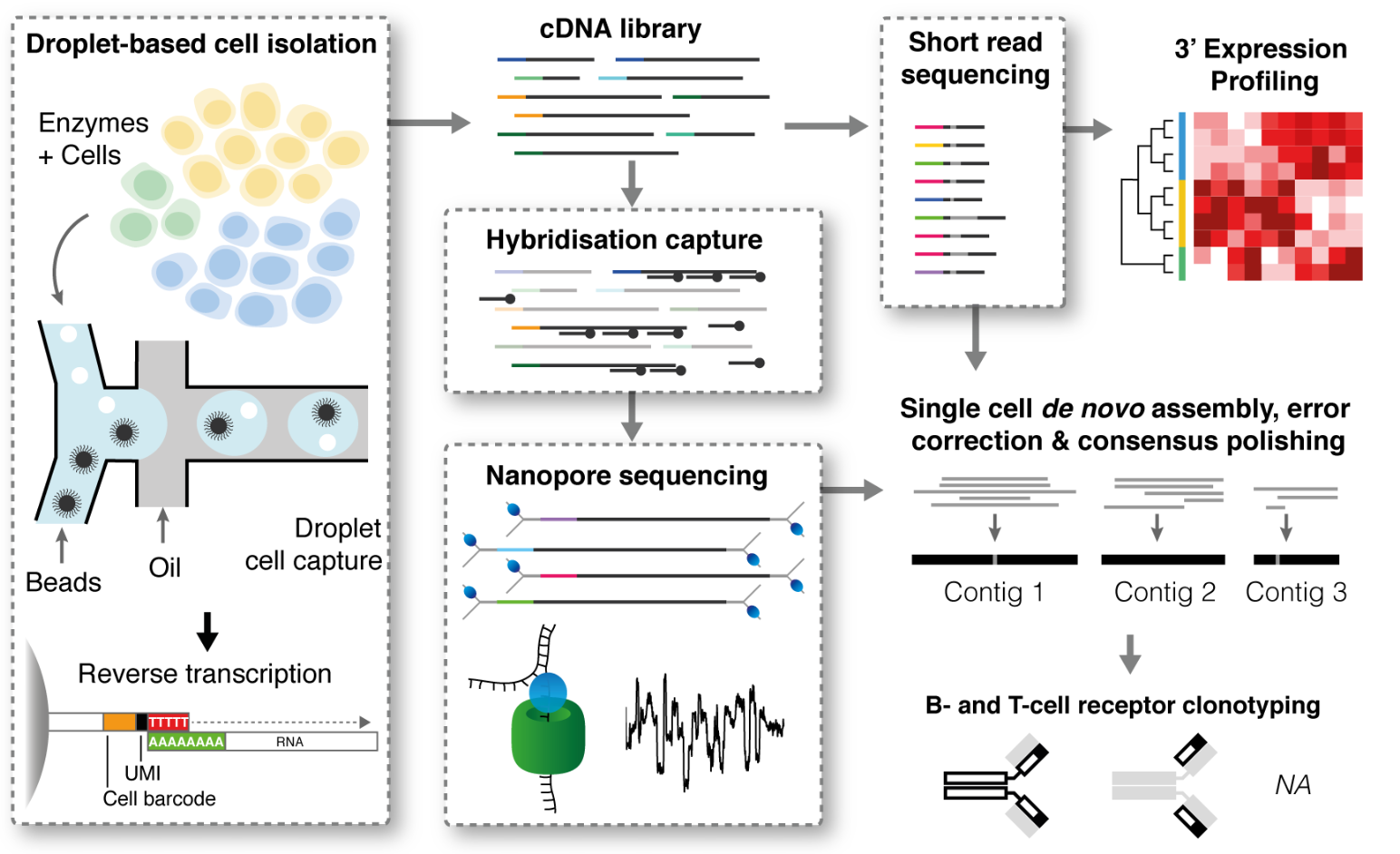

Sequential technology international full#
In normal circumstances, students enrol in the universities with a full belief that they would learn by face to face with professors in the campus. Besides, transitioning from a physical classroom to an online learning method is overwhelming for students and educators, especially if the implementation of online learning system is not clear (Motte, 2013). Hence, studies on online learning in Malaysia are vital to benefit policy makers in improving any shortcomings. Despite Malaysia having a technology literacy rate of 95% for the age group of 15 years and older (UNESCO, 2021), it still faced challenges with the online learning approach as it is not fully implemented such as in more developed country (Ating, 2020). Although there was significant growth and adoption in education technology before the pandemic, a notable surge of usage in virtual tutoring, video conferencing, and online learning tools were recorded since the COVID-19 pandemic (Li & Lalani, 2020). Generally, online educational technology offers organisation resources, and only certain applications offer a virtual classroom environment. Presently, online learning is the most popular alternative solution to prevent a COVID-19 outbreak on campuses (Ating, 2020).Įssentially, online educational technology provides an interactive virtual classroom environment, enabling students to engage with the efficiency of a classroom without the need for physical presence (Bawaneh, 2021). Malaysia also opted to use online learning as a communication method to replace face-to-face learning. Consequently, higher education institutions worldwide were forced to shift the learning method from regular physical classrooms to online learning methods to ensure smooth teaching and learning. In light of this situation, social distancing is vital to contain the spread of this particular disease hence, education sectors are struggling to adapt to the challenges caused by it. Governments worldwide were forced to closed educational institutions to prevent the spread of COVID-19 (UNESCO, 2019). Most notably, this infectious virus has affected the education sector globally (Dhawan, 2020) across all education levels. The COVID-19 pandemic has shaken and impacted activities around the world. Significantly, this study provided new insights into the literature on students’ willingness to continue online learning by providing empirical evidence on the factors that support their willingness to continue online learning during the COVID-19 pandemic. Besides, students’ e-learning readiness, performance, and satisfaction sequentially mediated the relationship between the online learning system quality and willingness to continue online learning.

The results revealed that students’ e-learning readiness, performance, and satisfaction positively influenced their willingness to continue online learning. The present study employed the purposive sampling method, whereby 2215 data of undergraduate students from a public university were gathered using an online survey and analysed using structural equation modelling (SEM) with Smart Partial Least Squares (SmartPLS). This study also incorporated e-learning readiness, performance, and satisfaction as mediators. This study explored the factors influencing students’ willingness to continue with the online learning system during the coronavirus disease 2019 (COVID-19) pandemic by adopting the stimulus–organism–response (SOR) theory.


 0 kommentar(er)
0 kommentar(er)
